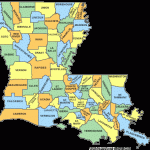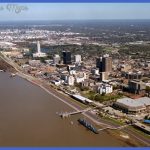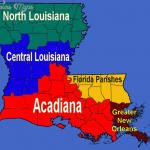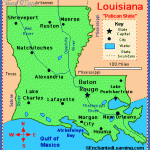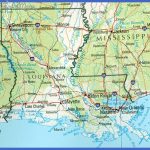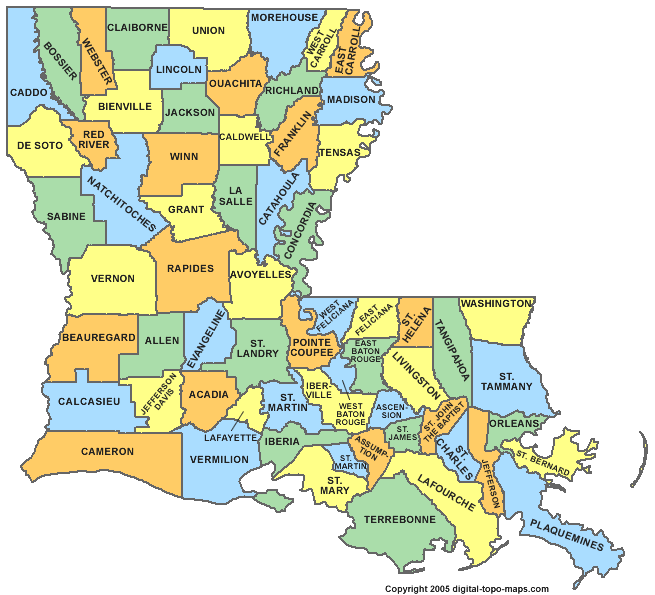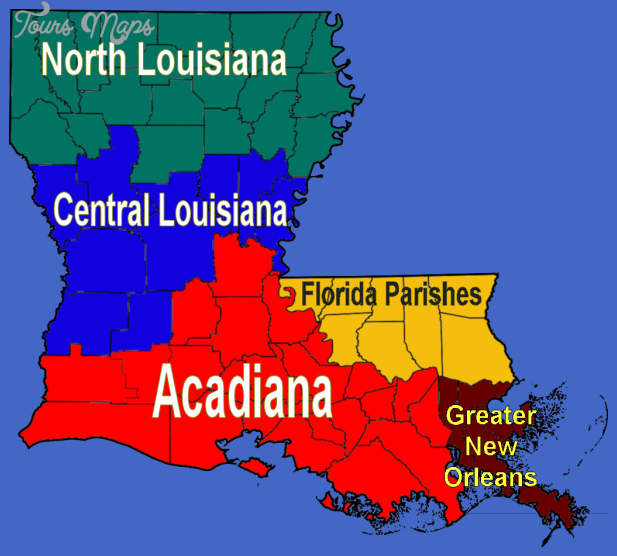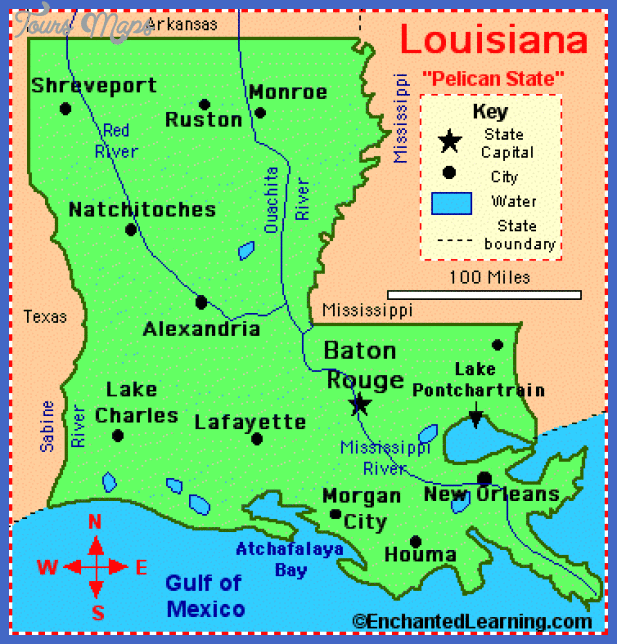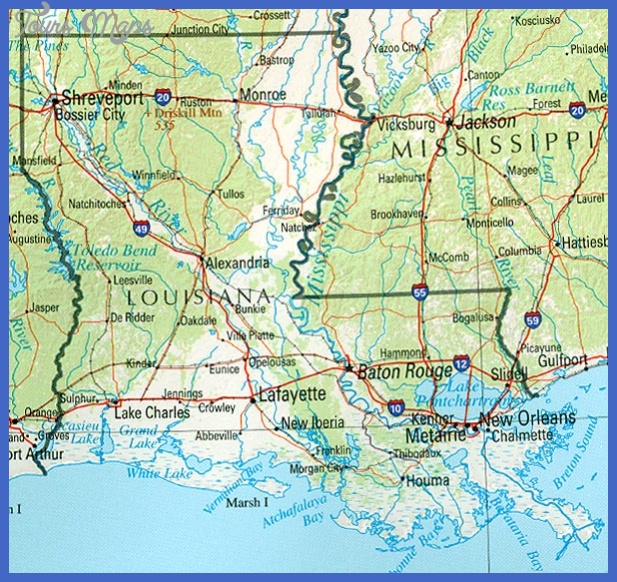Chronology
After the British invade Louisiana, residents of the state from the Canary Islands, called Islehos, organize and establish three regiments. The Islehos had very few weapons, and some served unarmed as the state provided no firearms. By the time the British were defeated, the Islehos had sustained the brunt of life and property loss resulting from the British invasion of Louisiana.
The first Mardi Gras parade takes place in New Orleans on Shrove Tuesday with the help and participation of native-born Latin Americans and Islehos.
The Spanish-language press in New Orleans supersedes the state’s French-language press in reach and distribution.
Louisiana-born Eusebio Juan Gomez, editor of the eminent Spanish-language press newspaper La Patria, is nominated as General Winfield Scott’s field interpreter during the Mexican-American War.
The capital moves from New Orleans to Baton Rouge, where a new statehouse had been built with the help of Latin American and Caribbean immigrants.
The Last Island Hurricane devastates Louisiana and destroys Last Island (also known as Derniere Island), interrupting commerce from Cuba to New Orleans for months.
Cuban-born Loreta Janeta Velazquez enlists in the Confederate Army masquerading as a man, but she is ultimately discovered and discharged while in New Orleans.
1861-1865 Various Louisiana regiments comprise Latinos fighting for the Confederacy, including the Chalmette Regiment Infantry of Louisiana and the European Brigade. New Orleans is captured by Union forces in 1862.
1901 Latin American and Caribbean migrants are hired in Jennings after the first oil well establishes the importance of the state’s oil industry.
1940s United Fruit Company is headquartered in New Orleans. Hondurans begin to arrive because of the company’s ties with their home country.
1942-1964 Bracero program brings Mexicans to the state.
1950s Hondurans settle in New Orleans’s Barrio Lempira, which will become the largest Honduran American community in the United States.
1953-1954 Ernesto Galarza of the National Farm Labor Union assists many sugarcane and strawberry pickers.
1959 Honduran Victor Herrera establishes the Asociacion Hondurena de Nueva Orleans to help Honduran American migrants and other Latinos.
1962 The United States Catholic Conference in Miami resolves to open a Catholic Cuban Center in New Orleans to provide health care and resettlement assistance to Cuban exiles overwhelming resources in Miami.
1962-1963 Cubans exiles are encouraged to move to New Orleans to alleviate their settling exclusively in Miami.
1987 Cuban prisoners, known as Marielitos, take approximately 130 hostages in Oakdale.
1996 The Canary Islanders Heritage Society of Louisiana is created to preserve the history and culture of Spanish settlement in the state.
2005 The New Orleans Workers’ Center for Racial Justice Coalition is established to address the working conditions of migrants and African Americans. In 2006 the coalition mobilizes 200 law school students to gather the stories of over 1,000 workers, and it authors one of the most comprehensive assessments of race and labor in the wake of Katrina.
Louisiana Photo Gallery
Maybe You Like Them Too
- The Best Cities To Visit in The World
- World’s 10 Best Places To Visit
- Coolest Countries in the World to Visit
- Travel to Santorini, Greece
- Map of Barbados – Holiday in Barbados

